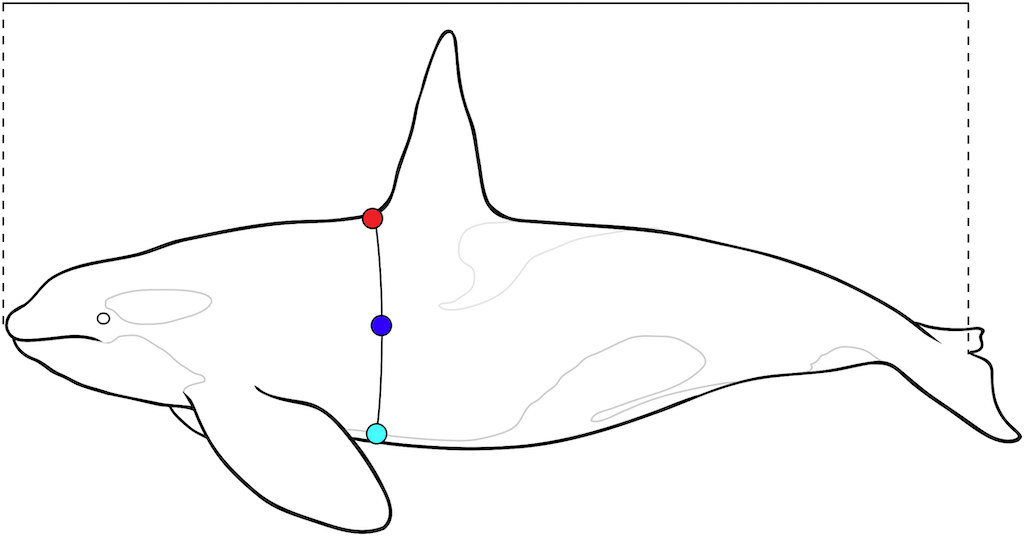Several years ago, a killer whale calf in Alaska was learning a special way to catch halibut. A member of the northern residents—the population of killer whales that lives mostly in waters off British Columbia and Alaska—she targeted longlines. When she saw a fish dangling from one of the hooks, she would pluck it off. Many northern residents do this; they can have a stiff economic impact on the Pacific halibut fishery because of it. But since the calf was young, she had not yet perfected her technique, and one day something went wrong: along with some halibut, the calf ended up eating a hook, too.
The hook lodged in the calf’s throat. Its three sharp barbs tore through her oropharynx. Heavy fishing line still attached to the hook dragged back and forth across her mouth and tongue, lacerating her flesh. Bacteria infected the wounds, and between the infection, the swelling, and the hook itself, she may have had difficulty swallowing. For some period of time—weeks, maybe even months—she grew thinner and weaker before she eventually died of sepsis. When her body washed ashore on a beach in Glacier Bay, Alaska, on August 26, 2005, she became one of more than fifty killer whales to have died and stranded in the eastern Pacific Ocean and Hawaii between 2004 and 2013.
Now, these dead whales are helping researchers gain a greater understanding of the threats that killer whales face in the North Pacific. They are included in a recent study published in PLOS ONE that takes one of the most comprehensive looks at killer whale pathology to date.
“We really started think about this issue back in the late 1990s, because we were very interested in the southern resident decline,” says Stephen Raverty, a veterinary pathologist with British Columbia’s Ministry of Agriculture and Lands, and the lead author of the study. “We were wondering how they compared with other killer whales.”
The endangered southern resident population of killer whales may get most of the press in the Salish Sea region, but killer whales as a species are found all over the world. (Whether they are all the same species, or are instead several species, is still being figured out.) And while killer whales die all the time, finding a dead one is rare—their bodies often sink, or are in an advanced stage of decomposition when they float ashore for someone to find. “We did a lot of work with First Nations people in BC, work with other guardians in Alaska,” Raverty says. “They have very strong investment in identifying animals and having them available for post-mortem evaluation.”
In addition to a relative scarcity of carcasses, another issue was differences in pathological reports. Although big dead marine mammals that wind up on beaches are often necropsied, the information reported can depend on who is doing the reporting. That finally started to change in the early 2000s, when a team of wildlife veterinarians developed an 82-page standardized necropsy protocol so results from disparate geographies would be comparable. “Now we could say, ‘If you find a killer whale, here’s what to look for, here’s what to record,’” says Joe Gaydos, the science director for the SeaDoc Society and one of the paper’s co-authors [Joe Gaydos is also a member of the Encyclopedia of Puget Sound editorial board]. “That was really important.”



